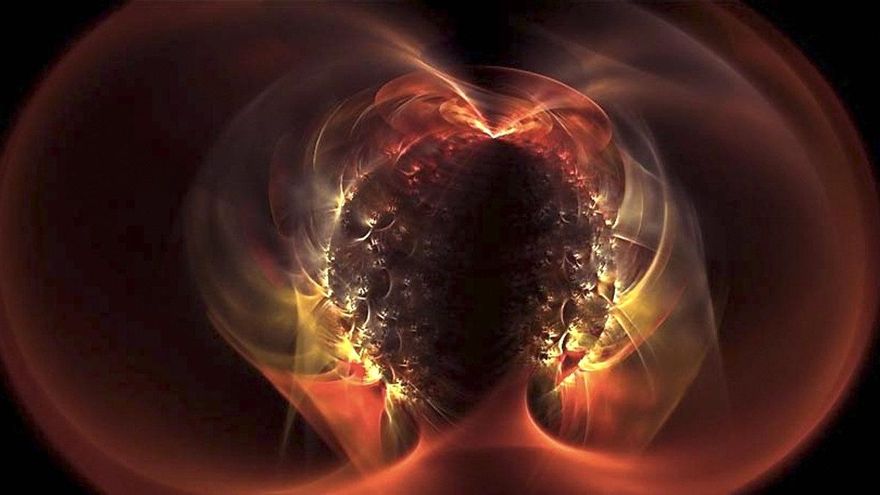A team mapping radio waves in the Universe has discovered something unusual that releases a gigantic burst of energy three times an hour, and it’s unlike anything astronomers have seen before. The researchers believe that it could be a neutron star or a white dwarf – collapsed star cores – with an ultra-strong magnetic field, according to what they publish in the journal ‘Nature’.
Spinning in space, the strange object emits a beam of radiation that crosses our line of sight and, for one minute in twenty, it is one of the brightest radio sources in the sky.
Astrophysicist Dr Natasha Hurley-Walker, from the Curtin University node of the International Center for Radio Astronomy Research in Australia, who led the team, recalls that “this object appeared and disappeared over the course of a few hours during our observations. unexpected,” he says. “For an astronomer, it was something creepy, because there is nothing known in heaven that does that. In addition, it is very close to us, about 4,000 light years away.
The object was discovered by Tyrone O’Doherty, honors student at Curtin University, using the Murchison Widefield Array (MWA) telescope in the outback of Western Australia and a new technique developed by him. “It’s exciting that the source I identified last year turned out to be such a peculiar object,” acknowledges O’Doherty, who is now studying for a Ph.D. at Curtin. “MWA’s wide field of view and extreme sensitivity are perfect to survey the entire sky and detect the unexpected.
“Transients”
The objects that turn on and off in the Universe are not new to astronomers: they call them “transitory“. ICRAR-Curtin astrophysicist and co-author of the study, Dr. Gemma Anderson, adds that “when transients are studied, the death of a massive star or the activity of the remains it leaves behind is observed”.
“Slow transients” – such as supernovae – can appear over the course of a few days and disappear after a few months, while “fast transients”, such as a type of neutron star called a pulsar, turn on and off in milliseconds or seconds. But Dr. Anderson stresses that finding something that lit up for a minute was really rare.
As he points out, the mysterious object it was incredibly bright and smaller than the Sun, and it was emitting highly polarized radio waves, suggesting that the object had an extremely strong magnetic field.
Dr Hurley-Walker explains that the observations are consistent with a predicted astrophysical object called an ‘ultra-long period magnetar’. “This is a type of neutron star that rotates slowly and has been predicted to exist in theory,” he explains. “But no one expected to directly detect one like this because we didn’t expect them to be so bright. magnetic energy into radio waves much more efficiently than anything we’ve seen before.”
Hurley-Walker is now monitoring the object with the MWA to see if it turns back on. “If it does, there are telescopes all over the southern hemisphere and even in orbit that can point right at it,” he says.
In addition, he plans look for more of these unusual objects in the vast archives of the MWA. “Further detections will tell astronomers if this is a single, rare event or a vast new population that we’ve never noticed before,” he continues.
www.informacion.es
Eddie is an Australian news reporter with over 9 years in the industry and has published on Forbes and tech crunch.
